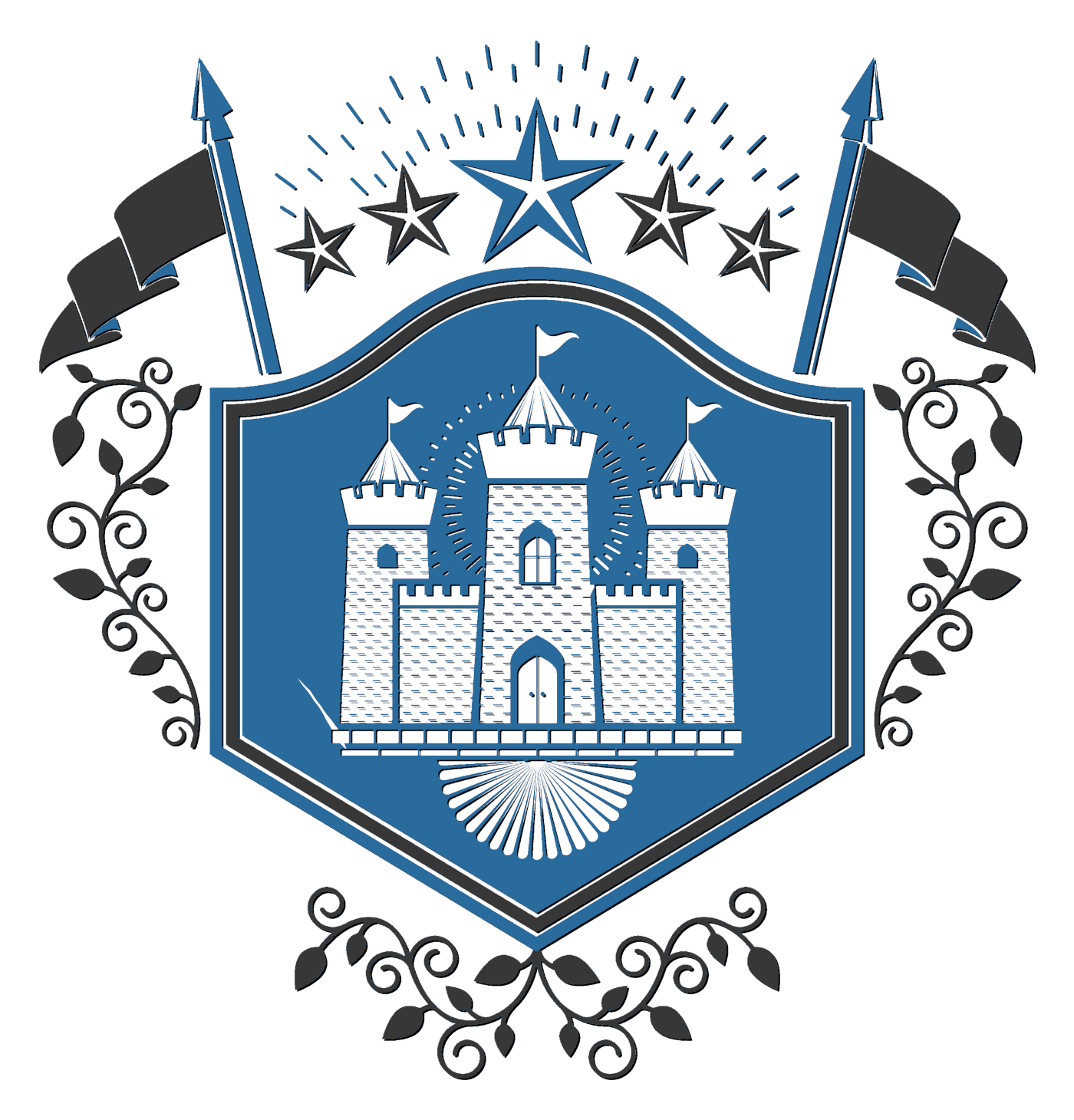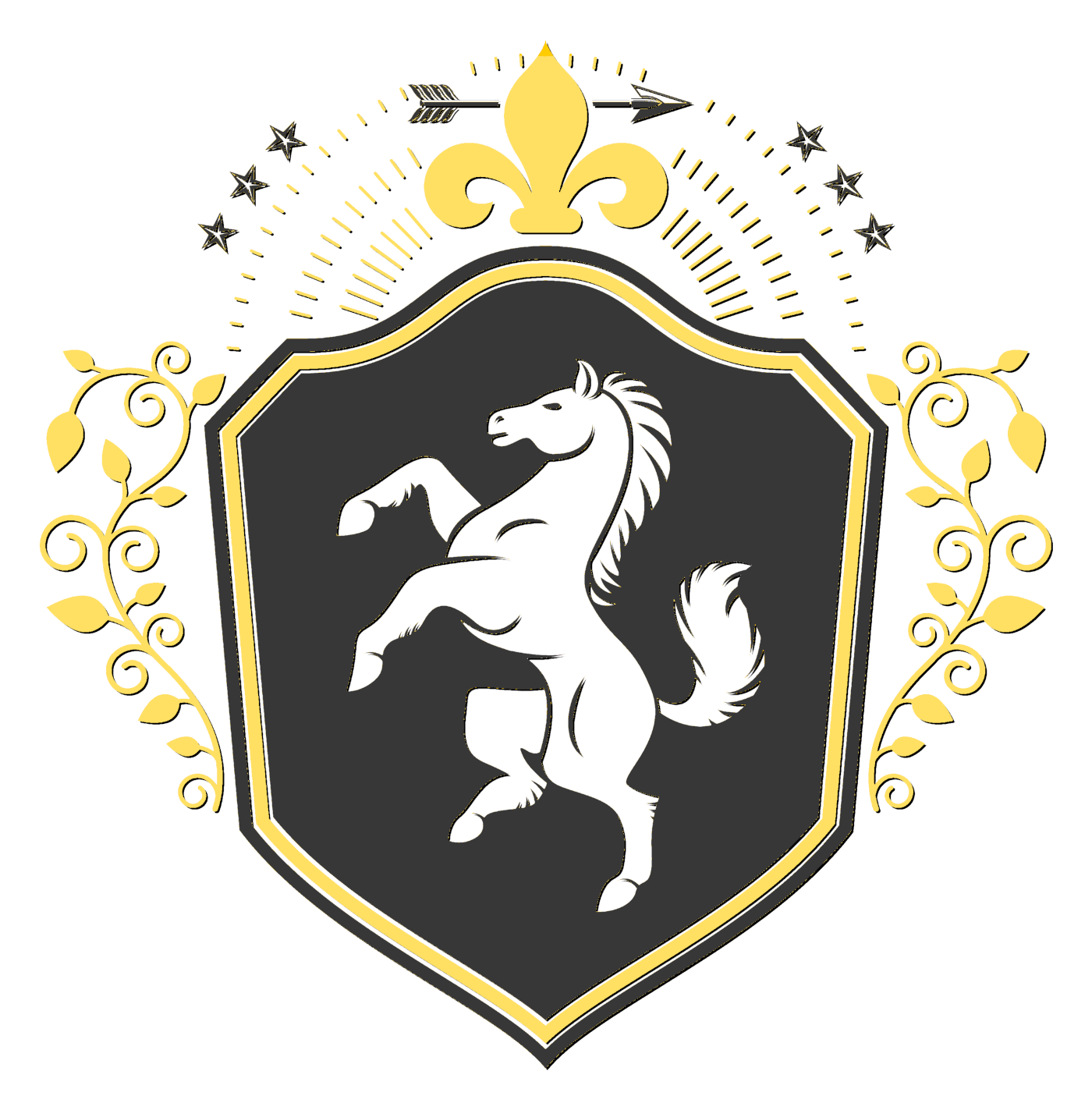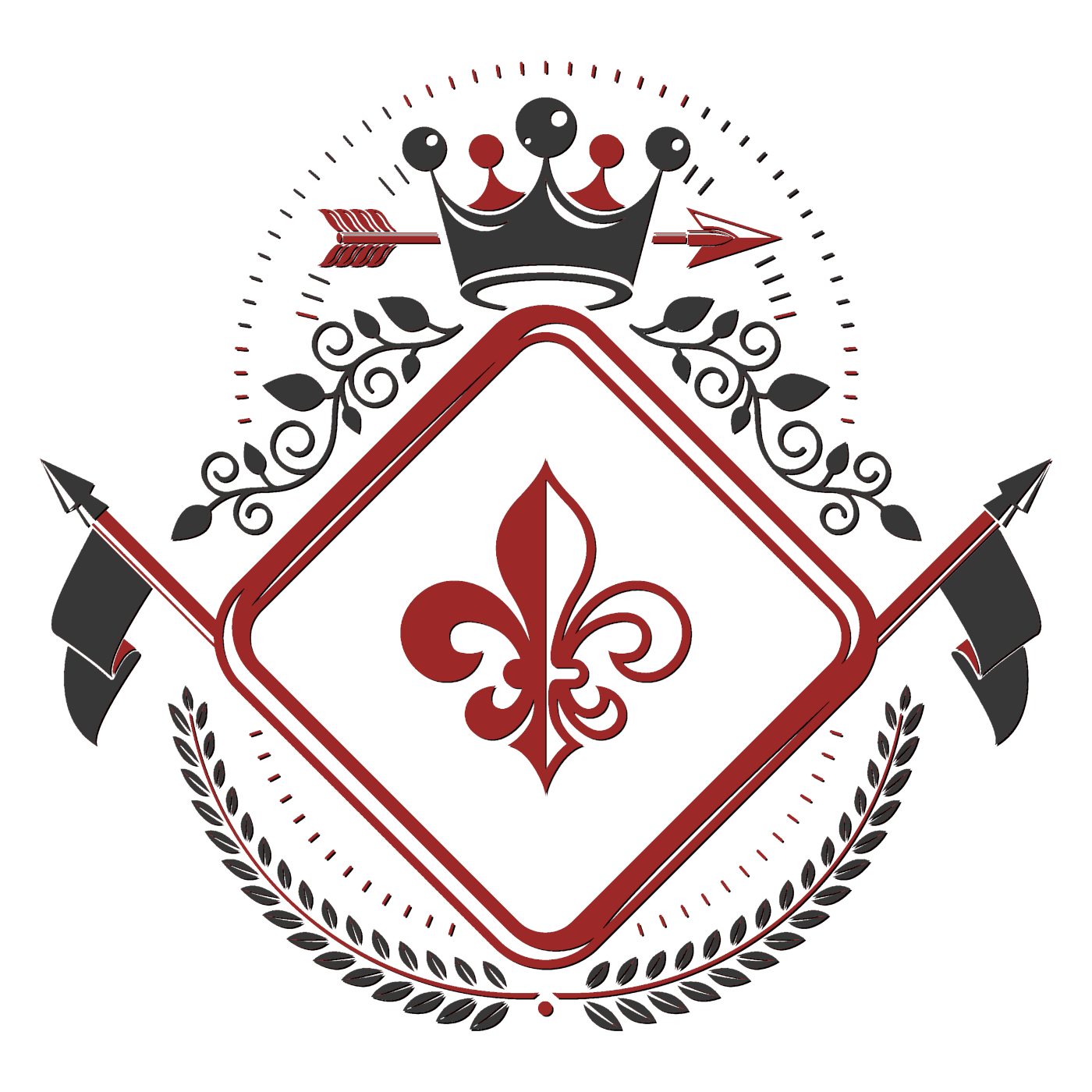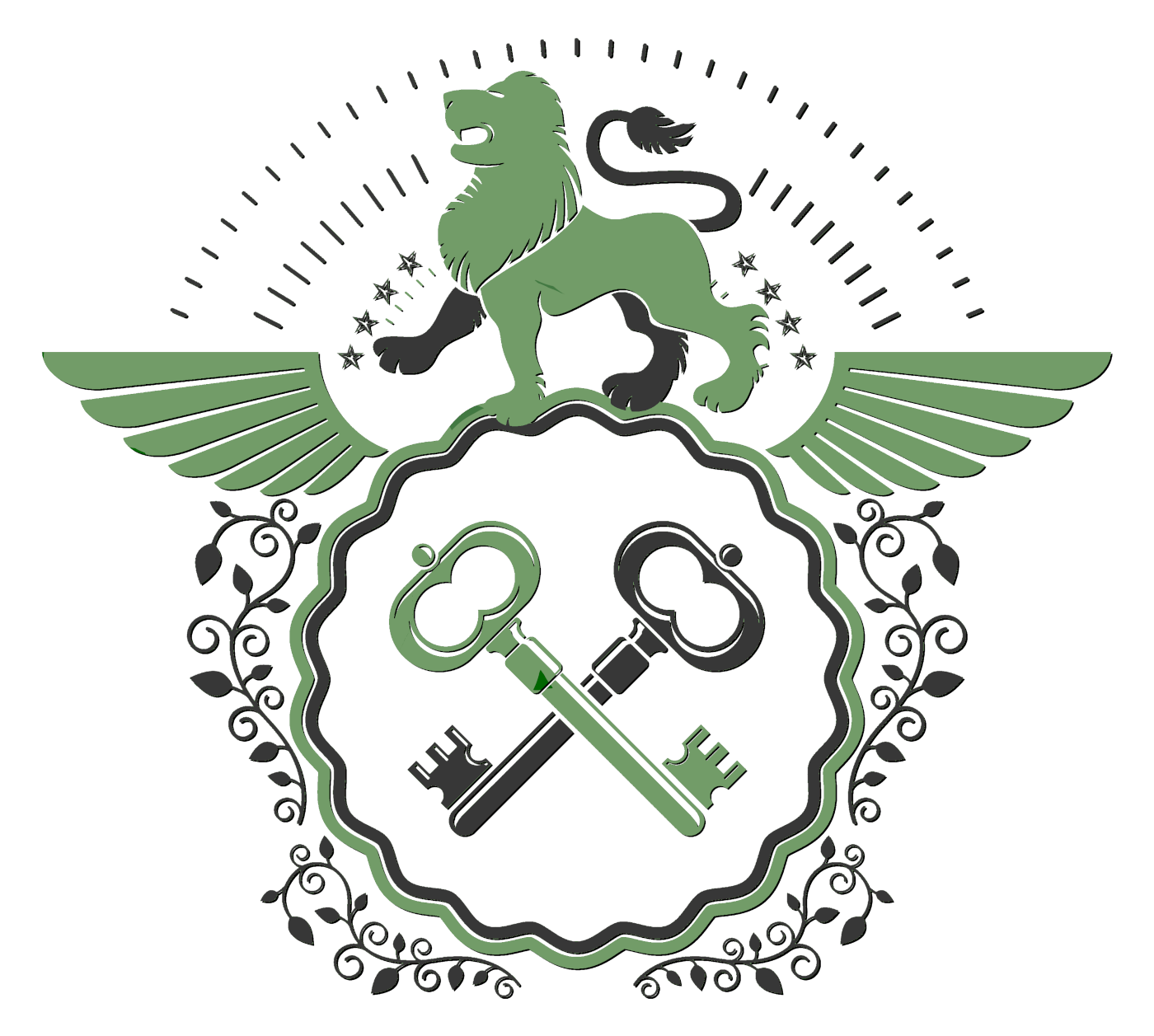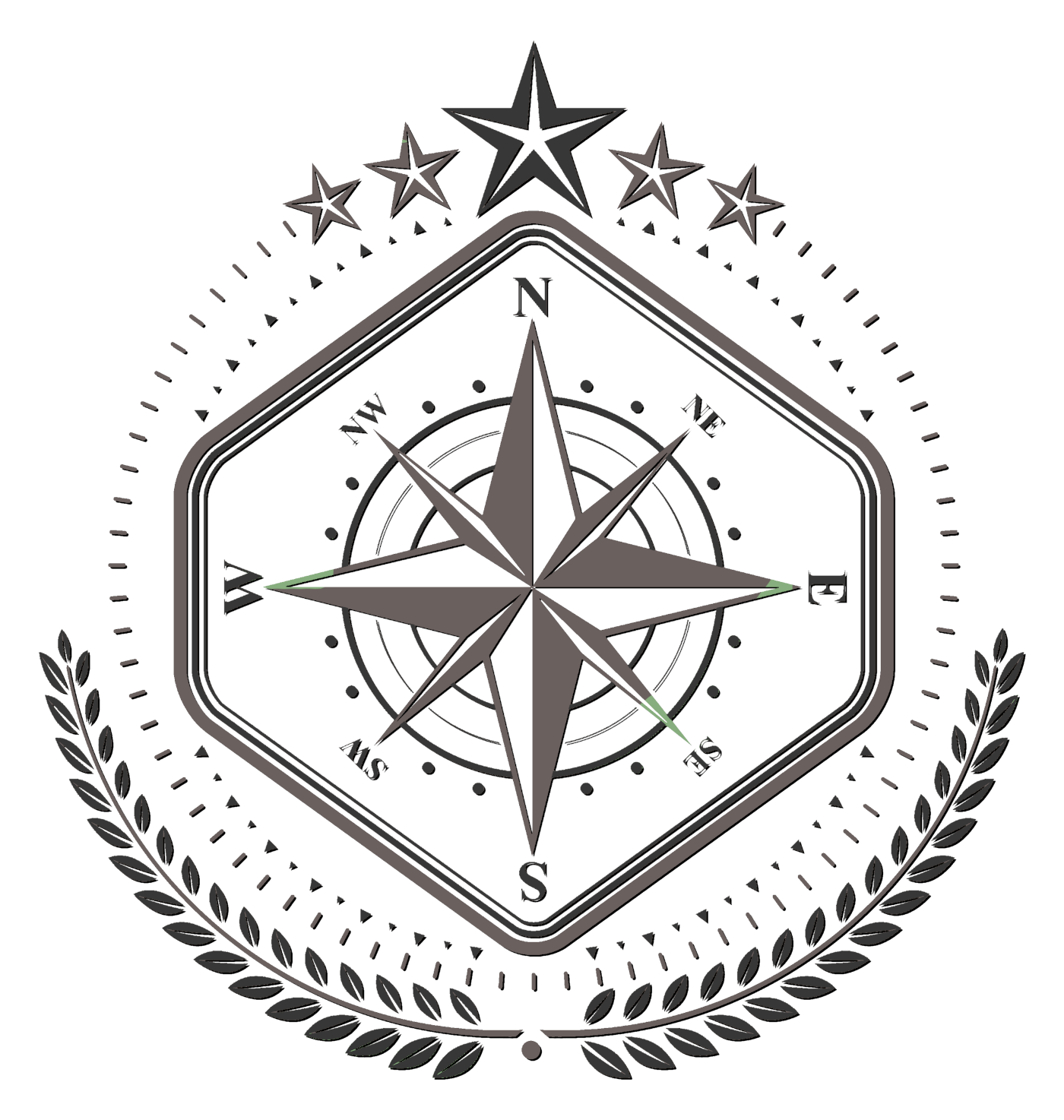Inesdar wrote:
Hmmm I thought the Silmarillion was the perfect example of exocosmology, *confused* ?
No, the Silmarillion was constructed from an endocosmological perspective. Tolkien believed that England lacked its own mythology so he created one, and he did it by inserting himself in the myths, and then fleshing them out and developing them from the perspective of a person who actually believes in the myths.
His start out as very simple, very English (and rather Celtic) myths. Tolkien puts himself in the shoes of an ancient Briton and sails across the sea to the Elvish isles. (
The Book of Lost Tales)
Tolkien spent most of his life taking
The Lost Tales and aggrandizing them into
The Silmarillion. These simple myths become awesome legends because Tolkien grounds them in the legends of ancient England and ancient Greece. (In other words, the epic scope of Norse Mythology, the delightful subtly and simplicity of Celtic Mythos...and the resonating ancient tale of Atlantis.)
This tendency of quaint myths becoming mighty legends can be seen in Greek history. The Greeks wanted to maximize their place in history, so they changed ancient mythology to maximize their importance. Later, the Romans did the same thing.
So Tolkien replicated this. Since he was the sole member of his fanciful culture, he let his artistic license guide him until he had created a myth that suited him...although he didn't fully achieve this goal.
This kind of process seems sort of heretical to fantasy writers, despite the fact that Tolkien is the primary ancestor of modern fantasy. The truth is, Tolkien built his world from the inside out. All his readers are on the outside, so when we go build our worlds, we build from the outside.
Of course, Tolkien wasn't purely endocosmic, or he would have written LoTR in Westron, not English. Tolkien also took his Westron, Rohiric, and Hobbit names and Anglicized them, so that they wouldn't bore us to death.
And there is Tolkien's excellent use of words. An analysis of the etymology of the word "wraith" reveals that Tolkien chose the name very intentionally. The history of the word includes wreath, originally "a twisted thing", and also includes other words representing darkness, evil, absence, and ghoulish monsters. All these connotations are unconsciously evoked in the mind of well-read readers, and even poorly-read readers.
Endocosmic world building is like taking a huge block of marble (your black slate), get an essence of an idea for a sculpture in your mind (your basic concept), and then gradually reveal the sculptural by shaping that block of essence.
The block of essence is all you have to work with. It limits you to working from inside the idea, not the outside.
Exocosmic building is like taking a wire frame (your basic idea) and then adding clay, molding the shape, painting it, glazing it, firing it, until you have the finished work. You
add to, shape, and alter your original conception, until you have a finished product.
Instead being limited to some "essence" of an idea, you add to your world from the outside.
Of course, it's impossible to do either way purely when writing fiction. However, I believe it would behoove authors to try crafting novel drafts (not worlds, just texts) from a more endocosmic perspective, letting the reader quickly "get inside" the story, rather than pushing them away with endless explanations of fantasy creatures and features.

